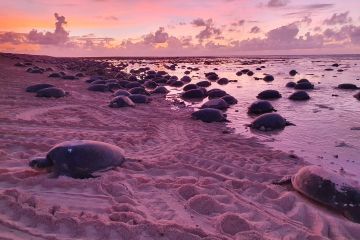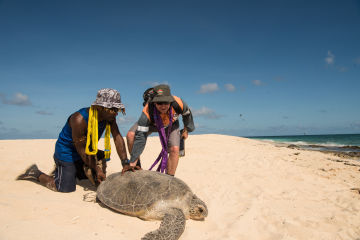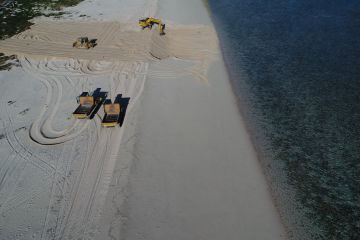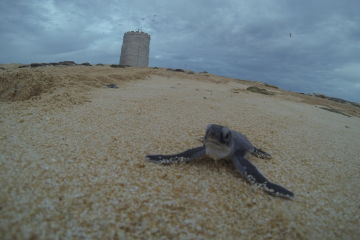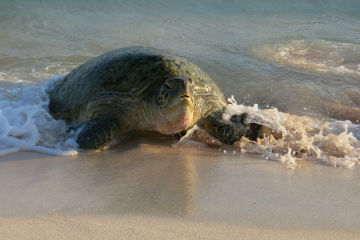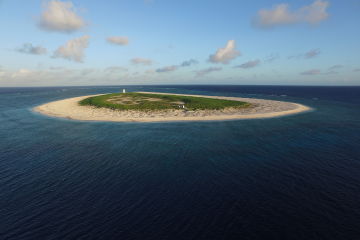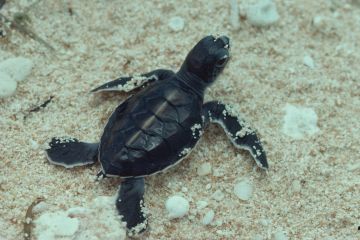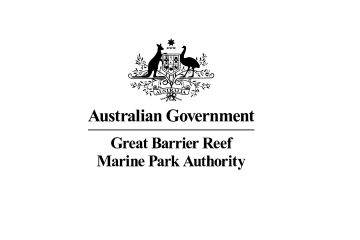Raine Island Recovery Project
Restoring the world’s largest green turtle nesting area on Raine Island.
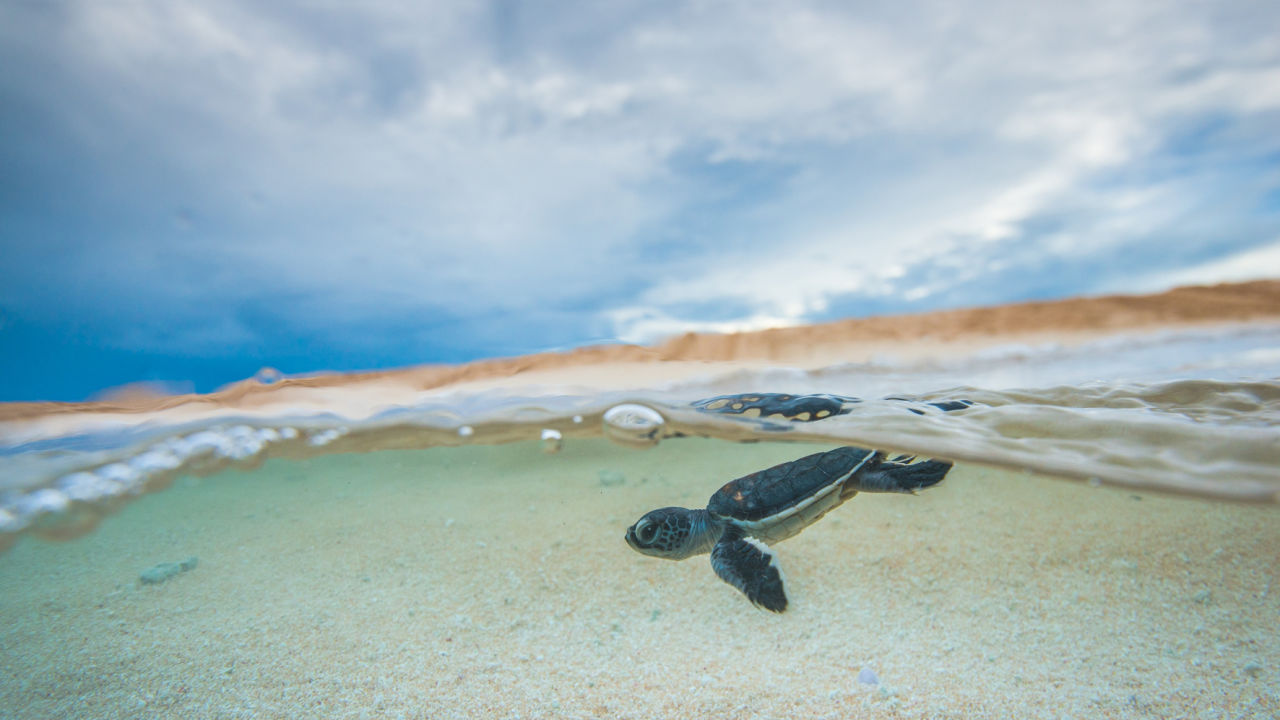
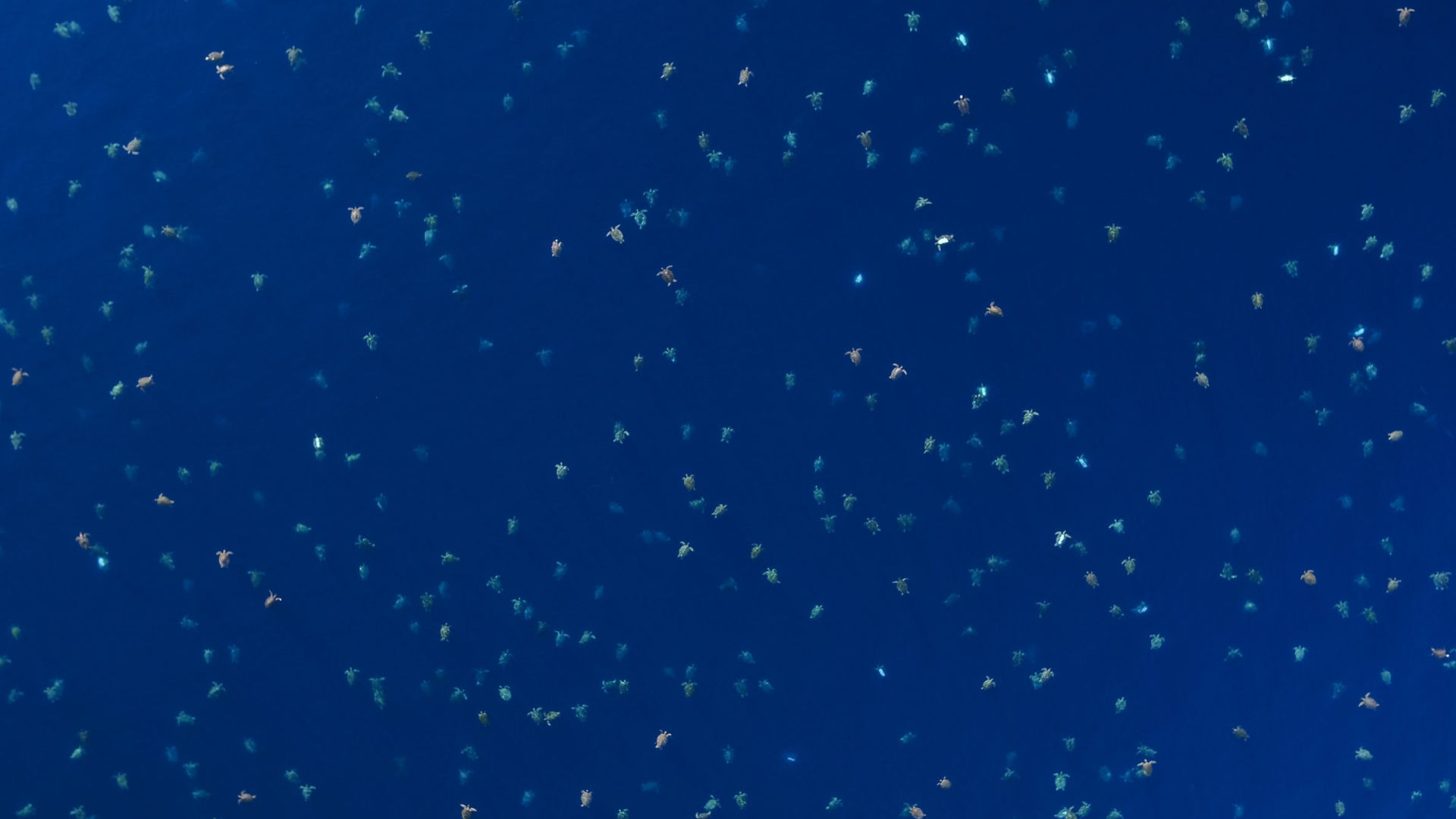
“On the remote northern edge of the Great Barrier Reef, lies a marine paradise that plays host to one of the most spectacular ocean migrations on the planet. This is Raine Island”
Sir David Attenborough
#Marine paradise
The Great Barrier Reef is an irreplaceable ecosystem, home to thousands of species of marine life, including six of the world’s seven species of marine turtle.
And nowhere on Earth do more green turtles come to nest than Raine Island. 90% of the Reef’s entire northern green turtle population comes from Raine Island.
We’ve recorded more than 64,000 green turtles here in one nesting season alone, with as many as 20,000 at once inching their way onto Raine Island’s deserted beaches to nest having travelled thousands of kilometres to the same place they themselves hatched decades prior.
Despite these ancient creatures existing since the time of the dinosaurs, right now the green turtle is endangered globally.
For over 30 years, scientists watched the decline of the northern Great Barrier Reef’s green turtle population. Nests were flooded, with eggs drowning and fewer hatchlings emerging from those nests that survived the tides. Turtles returned to the sea exhausted, unable to find a safe nesting place. Thousands perished – falling victim to treacherous cliff falls, getting trapped in rocks or expiring from sheer heat exhaustion on the sand.
Without help, the outlook was bleak.
And not just for the turtles.
Raine Island is also home to the most important seabird nursery in the Great Barrier Reef World Heritage area. It’s one of only two Reef islands where the endangered and rarely-sighted Red-tailed tropicbird nests.
Many other Reef animals also rely on this tiny remote island. A decline in any one species can have a devastating effect on this delicate ecosystem.
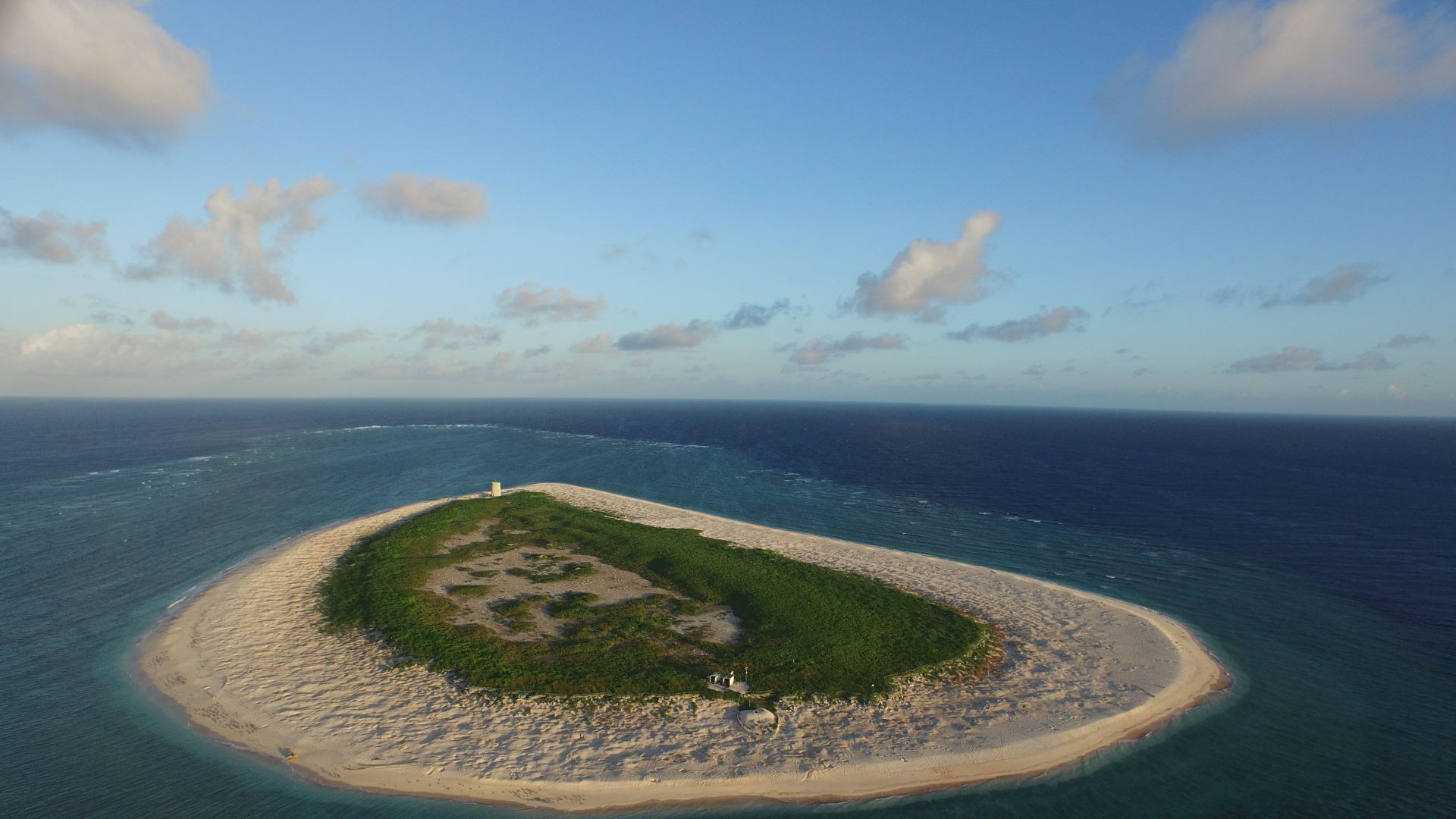
#The project
Right now, we’re working to save the endangered green turtle by restoring the world’s largest green turtle nesting area on Raine Island.
Through our world-leading Raine Island Recovery Project, we’re bringing together Traditional Owners, science, government and business – a unique collaboration to ensure a future for the Reef’s green turtles.
Raine Island’s Traditional Owners the Wuthathi Nation and Meriam Nation (Ugar, Mer, Erub), Queensland Parks and Wildlife Service, the Great Barrier Reef Marine Park Authority and BHP are working with us to restore the island’s vital ecosystem.
Together we're...
1.
installing fencing to reduce fatal cliff falls.
2.
moving sand to create more room for nesting.
3.
rescuing fallen and trapped turtles.
4.
tracking turtles thousands of kilometres to learn more about how to help them · applying 60,000 years of Traditional Knowledge.
5.
keeping endangered seabird nests safe.
6.
protecting and restoring a vital ecosystem.
#Making nests safer
40,000
cubic metres of sand moved to raise the nesting beaches
35,000
cubic metres of beach has been reprofiled
Doubled
the amount of nesting areas above tidal inundation
5yrs
Reprofiled beaches remain stable five years into the project.
#Preventing adult deaths
1,750m
of fencing installed to prevent cliff fall deaths.
Hundreds
of heat exhausted and rock-trapped adult turtles rescued and returned to the sea.
#Tracking turtle migration
40
female turtles satellite tagged, providing vital intelligence about their movements and behaviours to help protect the species.
1,500+
turtles flipper tagged each nesting season, building more knowledge over their 100-year lifespan.
1,423km
is the longest distance tracked.
The project’s sustainable benefits will continue to grow every season.
Over the next decade, millions more hatchlings will emerge due to the beach reprofiling and from saving adult females who will return again and again to produce more offspring.
Future generations of mature females will be saved by the protective fencing.
As well as saving turtles, the fencing is protecting seabirds and their nests and chicks from being disturbed by the turtles. Traditional Owners are playing in important role in caring for Raine Island and its animals, which provides enduring benefits for those communities.
First Nations Peoples in the Cape, Torres Strait and island communities further afield all benefit from the increased northern Great Barrier Reef green turtle population.
Boosting sea turtle numbers will also benefit the Reef’s tourism industry, with more than 2 million visitors travelling to experience the Great Barrier Reef and its marine life annually.
And we’re not done yet. Together, we’re making a real impact but there’s much more to be done
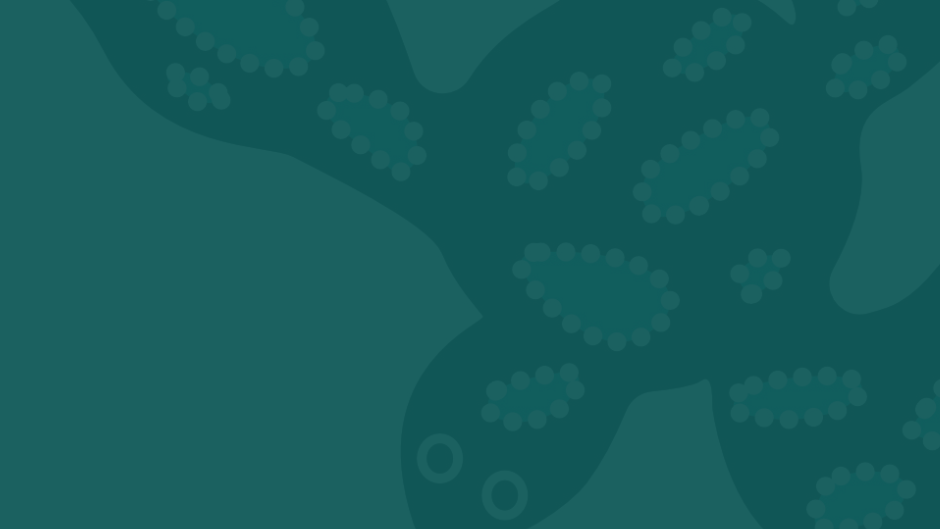
#Traditional Knowledge
Raine Island is a place of special cultural significance to two groups of Australia’s Traditional Owners.
Cape York’s Wuthathi Nation and the Torres Strait’s Meriam Nation (Ugar, Mer, Erub) have deep cultural connections to the island and its marine life dating back 60,000 years. Traditional Owners have been involved in every research trip to Raine Island, sharing Traditional Knowledge and taking part in the on-ground work to help preserve the island and the turtles that nest there for future generations. Traditional Owners Peter Wallis and Jimmy Passi have travelled to Raine Island many times with the project. Find out what it means to them.
#Partnership success sparks new Reef-saving projects
Through the Raine Island Recovery Project, we’re pioneering a world-first conservation program, by successfully bringing together business, government, science, Reef management, and Traditional Owners to develop innovative solutions for a critical environmental issue.
The project’s success has created a springboard for two large-scale reef-saving projects underway right now.
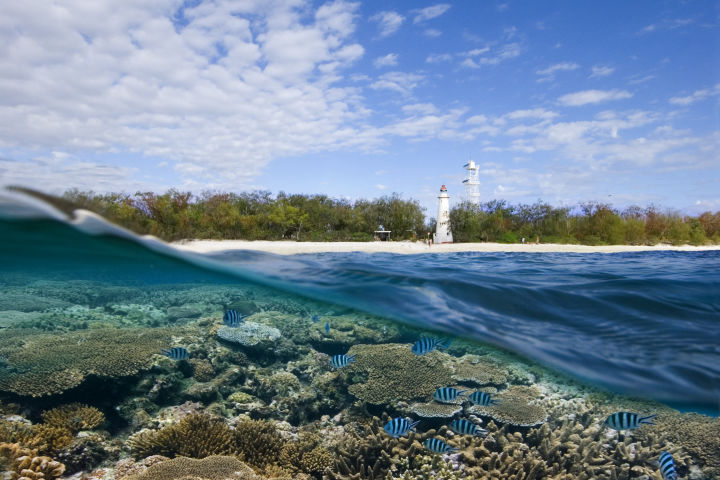
Reef Islands
Restoring critical island habitats to protect ecosystems and save vulnerable species.
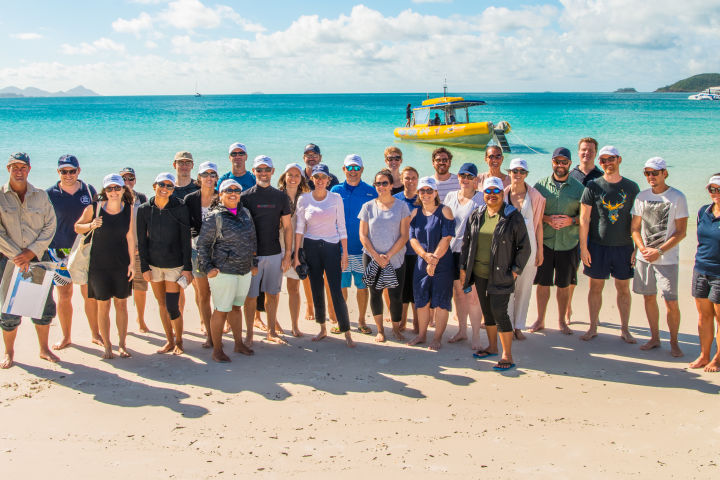
Resilient Reefs
Partnering with front-line Reef communities across the Pacific and beyond to respond to climate change and local threats.
#Project gallery
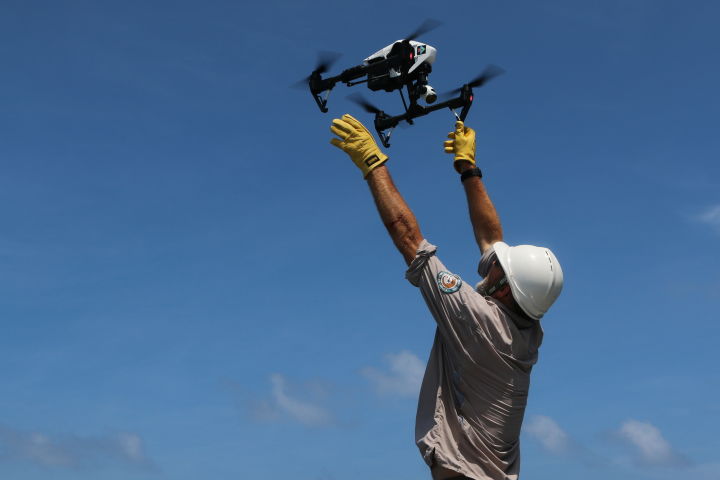
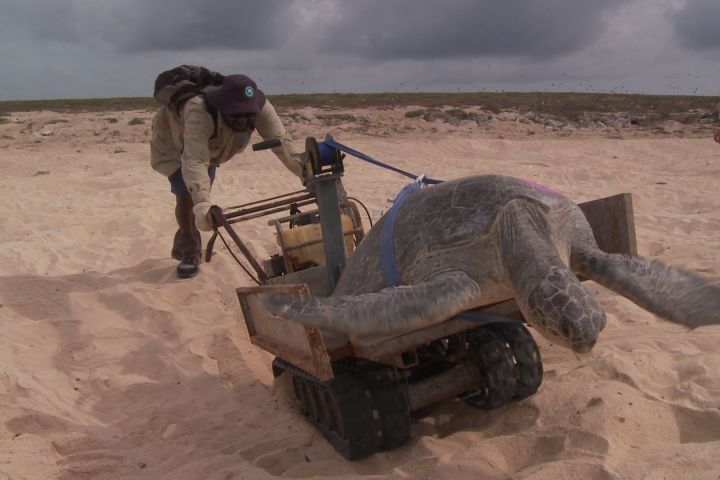

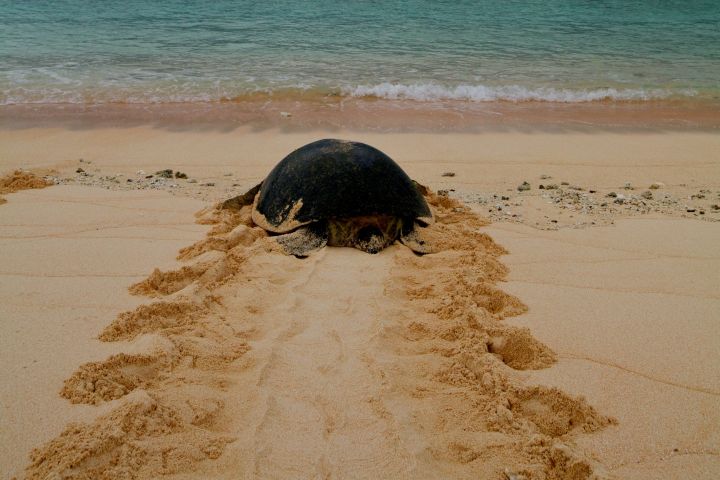
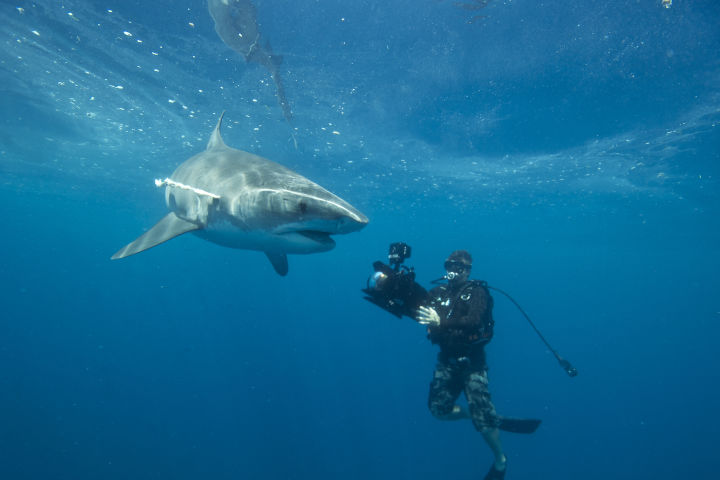

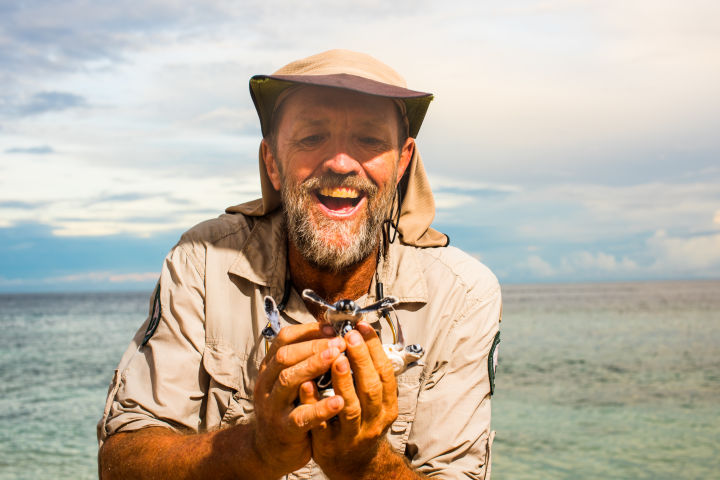

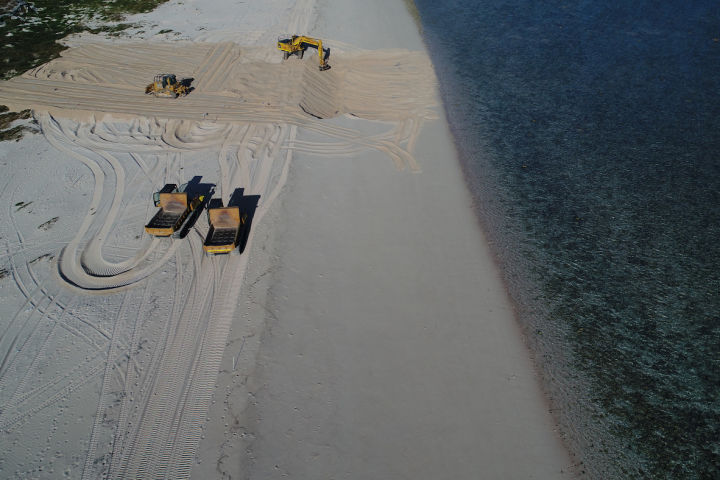
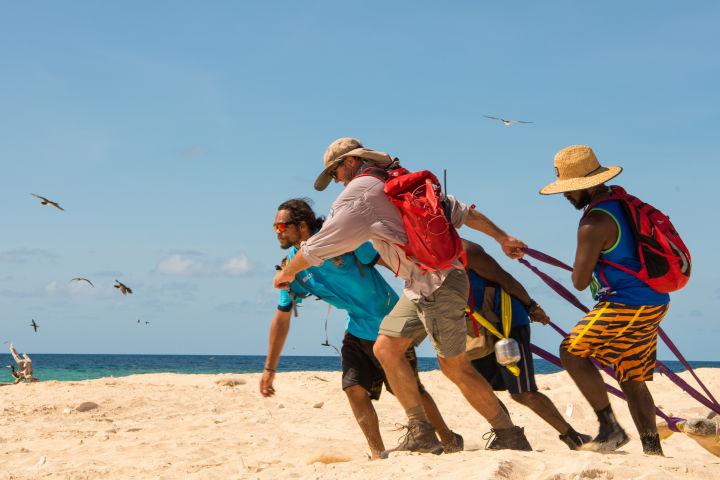
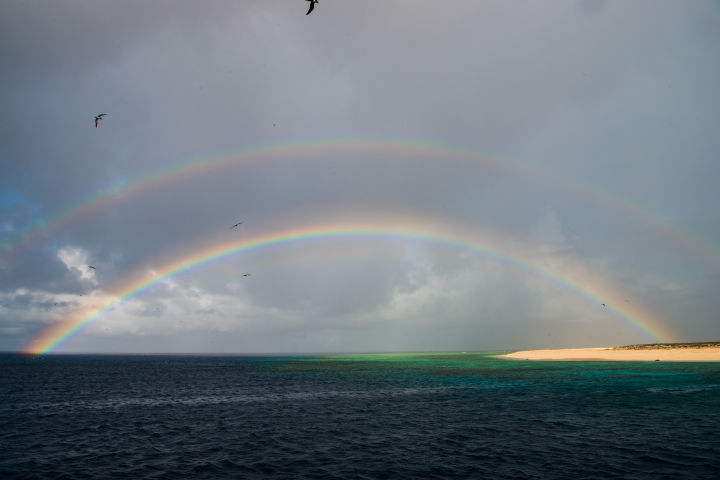


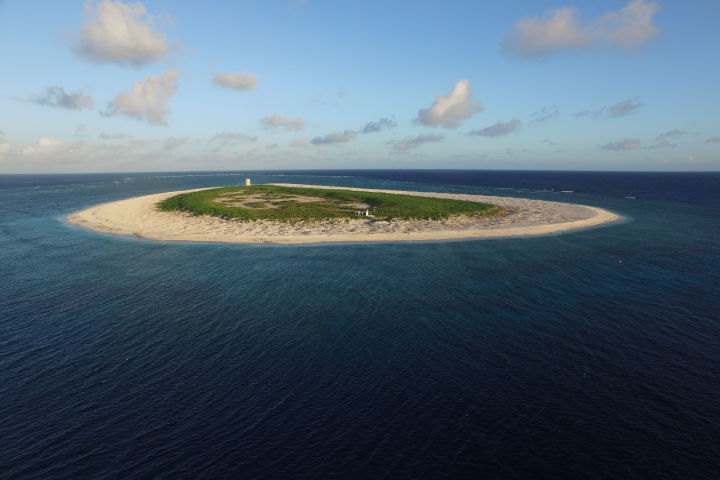
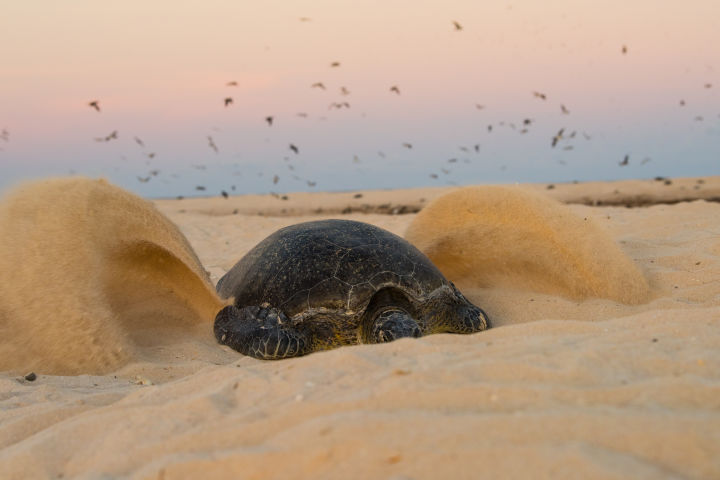
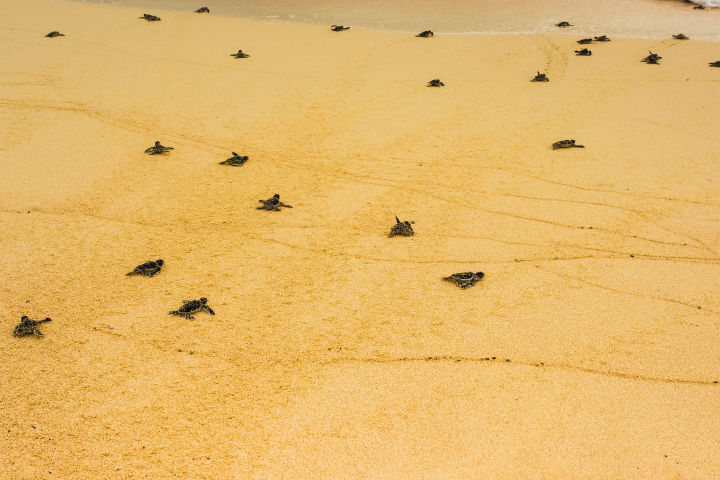
#Want to help save more endangered turtles?
Sign up to stay up to date with our latest turtle news plus highlights from the more than 60 Reef-saving projects we’re working on right now.
#Project partners
The Foundation played a leading role to initiate the Raine Island Recovery project. This five year, $7.95M collaboration between BHP, the Queensland Government, the Great Barrier Reef Marine Park Authority, the Wuthathi Nation and Meriam Nation (Ugar, Mer, Erub) Traditional Owners with the Foundation is protecting and restoring the island’s critical habitat to ensure the future of key marine species including green turtles (nam - the common language word for turtle), seabirds and other marine species.
Raine Island is culturally significant to Traditional Owners, the Wuthathi Nation and the Meriam Nation (Ugar, Mer, Erub).

